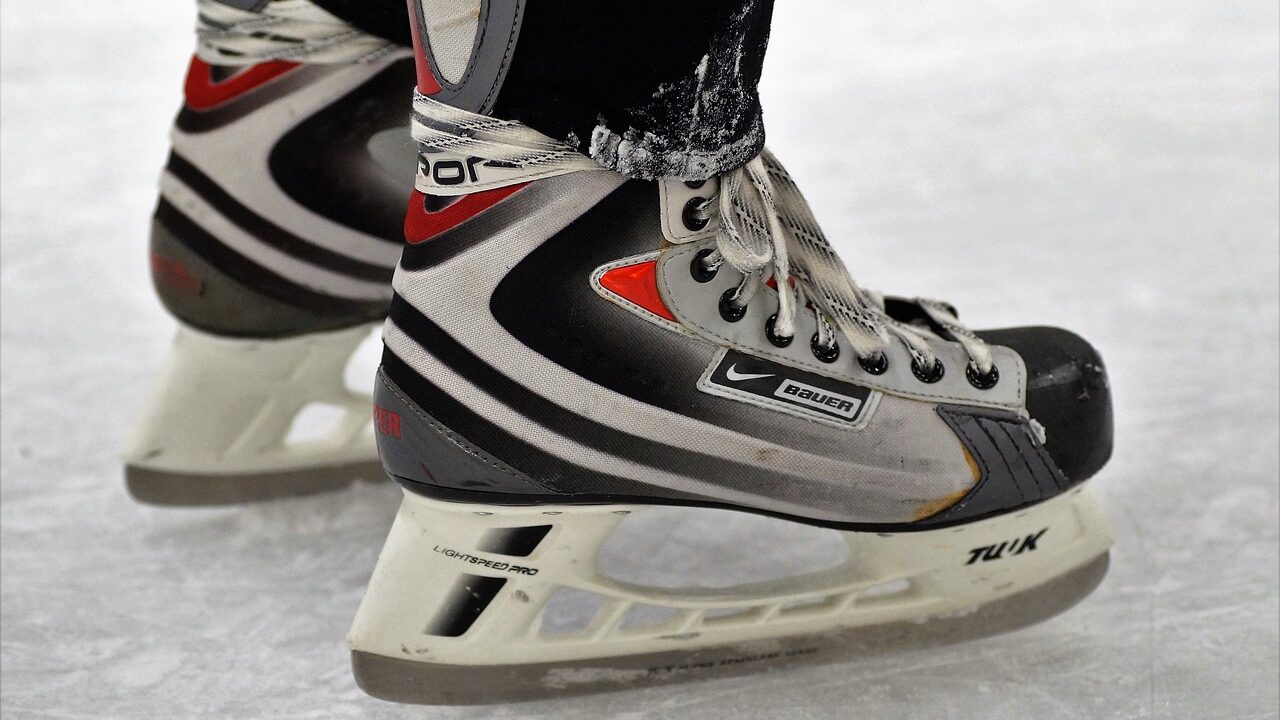Speed skating is an Olympic sport in which it is necessary to cover a certain distance on skates faster than the competition. Currently, speed skating competitions are held in a closed circuit. Skating competitions are held separately for men and women.
History of the origin and development of speed skating
Skating is one of the most ancient sports. Archaeological findings suggest that people used the prototypes of skates more than 3,000 years ago. Skates were first mentioned in literature by the monk Stephanius in his work “Chronicle of the noble city of London” in 1174.
In 1742, the first skating clubs began to appear in Scotland.
In 1763, the first skating competitions were officially recorded, but at that time there were no clearly defined rules and it was just a race.
In 1772, the first skating rules appeared.
Since 1830 skating clubs began to appear in England, America and Russia.
In 1879 the first national championship was organized in England. In 1889 the first world speed skating championship was held in the Netherlands.
In 1892 the International Skating Union (International Skating Federation) was founded, which gave the competitions in 1889 the status of professional events, and such competitions began to be held annually. The International Skating Union organizes and conducts competitions in speed skating.
The European Championships for men have been held since 1893, and for women since 1970.
Speed skating has been part of the Olympic Winter Games since their inception. Initially, races were held on four distances – 500, 1500, 5000, 10000 meters and multisport.
In 1967, the International Skating Union adopted short track speed skating under its aegis and it has been running since 1981. In 1992 short track speed skating was included in the program of the Olympic Games.
Rules of speed skating
In competitions, athletes run in pairs counterclockwise. At the start, one athlete is on the outside track and the other on the inside track, and after each lap the skaters must switch lanes. When the lanes are changed, it may happen that the athletes find themselves in a straight line next to each other. If this happens, the athlete in the inner lane must allow the athlete in the outer lane to pass. Failure to observe this rule will result in disqualification. Team races and mass starts are held exclusively in the inner lane.
The Short Track races are also timed counterclockwise, but the race may be raced by up to six athletes. Skaters are not allowed to hinder or help other competitors in any way, as well as to knock down the chips that limit the track and bring the foot forward at the finish line, ripping the horse away from the ice.
Ice Skating Track
Skating track is an oval with a length of 400 or, much less frequently, 333 meters. The radius of the inner turn is 25-26 meters. The straight sections of the track are about 100 meters.
Skating track has two tracks (inside and outside). One of the straight sections is a transition section for athletes, in this section there is a change of tracks on each lap.
The track for short track skating has a length of 111.12 meters, the radius of turns is 8 meters, and the distance between the curves is 28.85 meters. Usually, the track for short track is marked out on a hockey field.
Equipment for skaters
For the sport of skating, they invented special clap skates (clap-skate) – special skates for classic running. The blade on such skates is fixed by a special spring hinge and only on the front of the shoe. This is done specifically to increase the repulsion phase, and therefore allows you to achieve a higher speed.
Suits for skating should follow the natural shape of the athlete’s body. Inserts or elements that change the shape of the body are prohibited. In order to protect against injury, athletes may wear shin, ankle and knee protection under their overalls.
A protective helmet in speed skating must follow the shape of the head.
In short track speed skating athletes additionally wear protective goggles, gloves, kneepads and neck protection.
Speed skating competitions
The Olympic Games is the most prestigious speed skating championship held once every four years.
The World Skating Championships (WSC) is a series of international sport competitions held by the International Skating Union.
European Speed Skating Championships. World Cup – a series of winter sport competitions in speed skating, held under the auspices of the International Skating Federation.
National championships.
